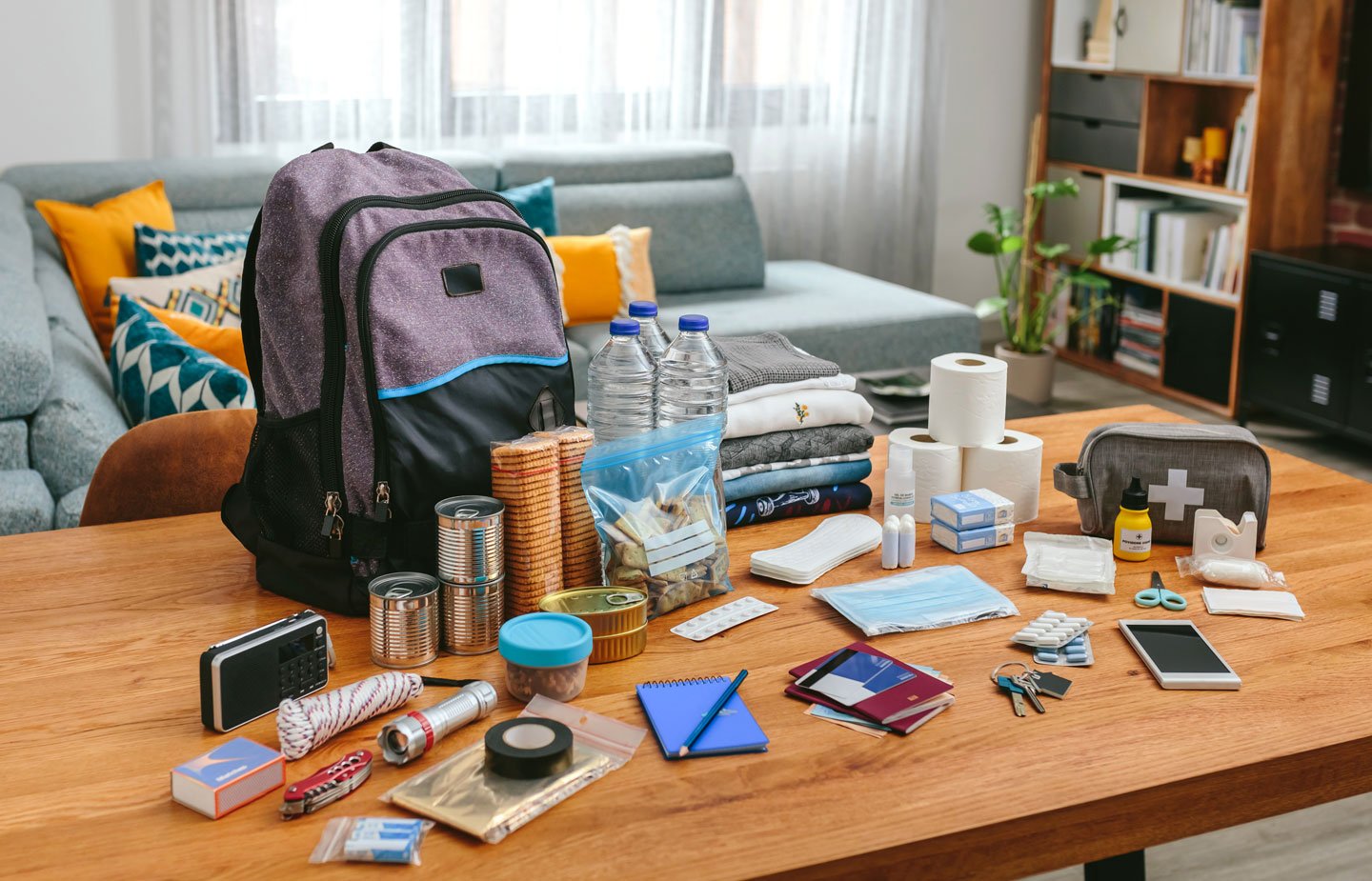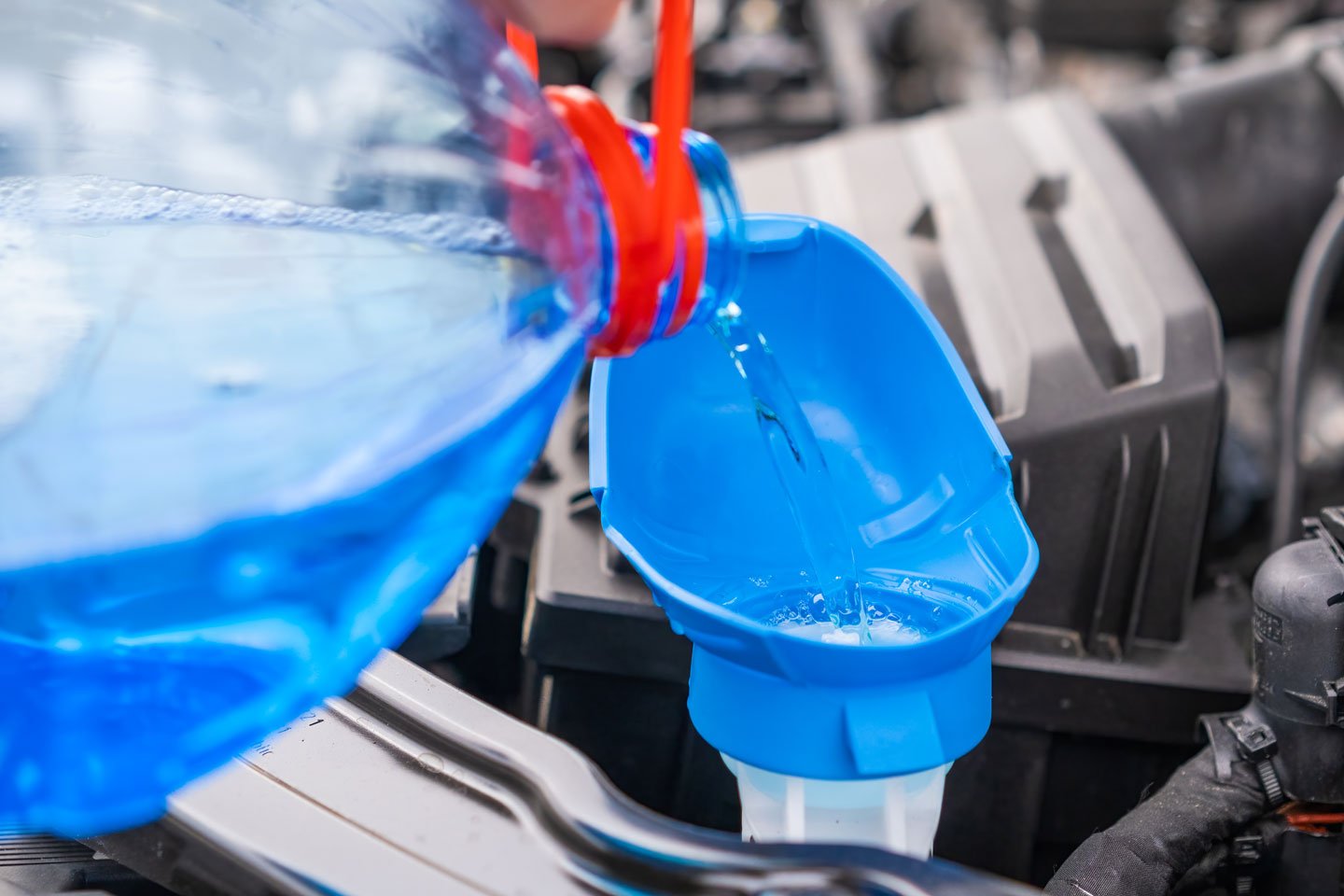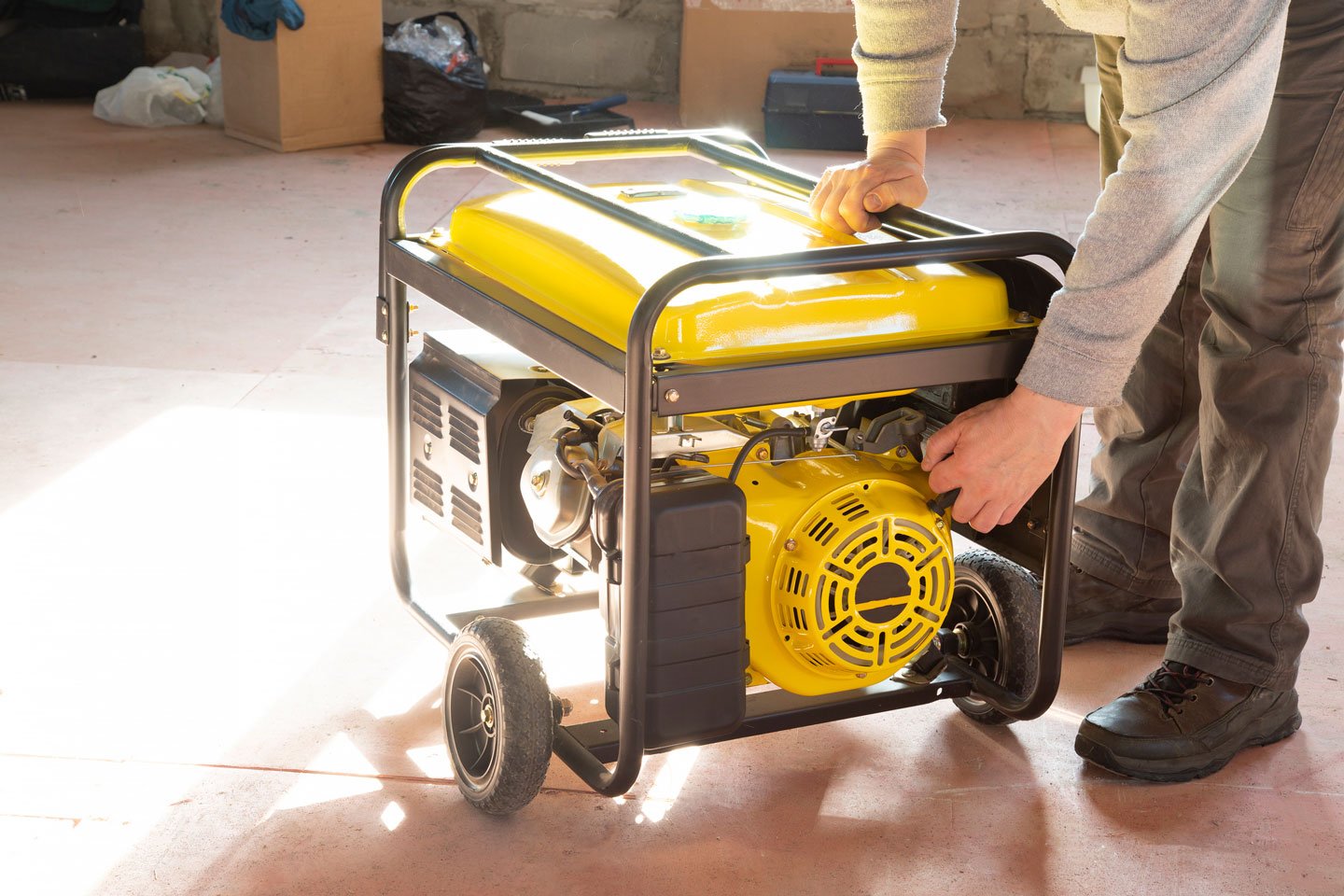- Potential Weather Hazards
- Flash Flooding
- Thick Fog
- Extreme Heat
- Severe Thunderstorms & Hail
- Tornadoes (avg. 2 per year)
- Occasional Hurricanes or Tropical Storms
- Average Temperatures
- Spring: 59-78.1ºF
- Summer: 70º-89ºF
- Monthly Precipitation
- Spring: 3.3-4.5 inches of rain*
- Summer: 2.8-3.5 inches of rain
*Snow and ice are rare after March


